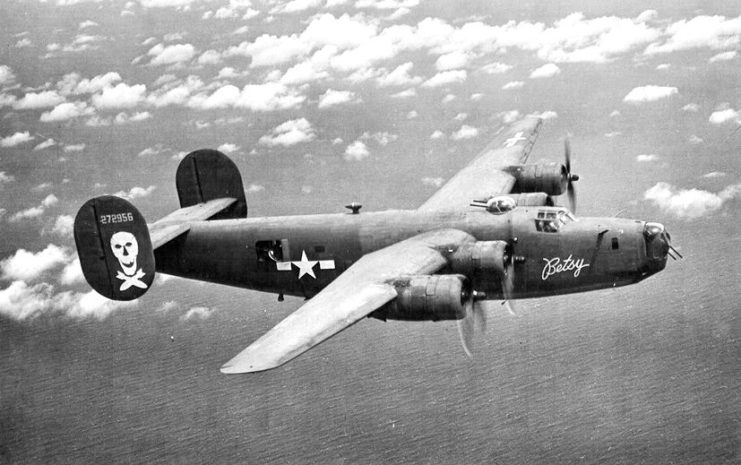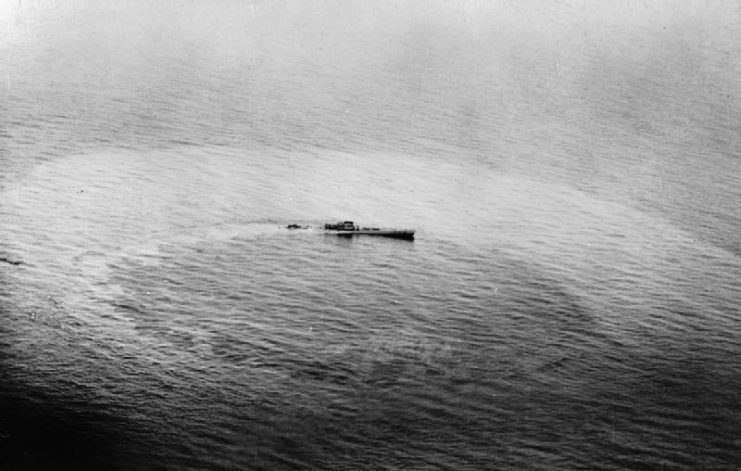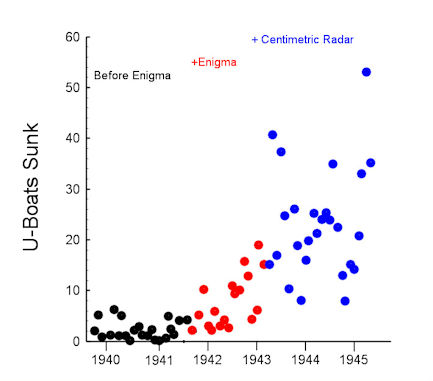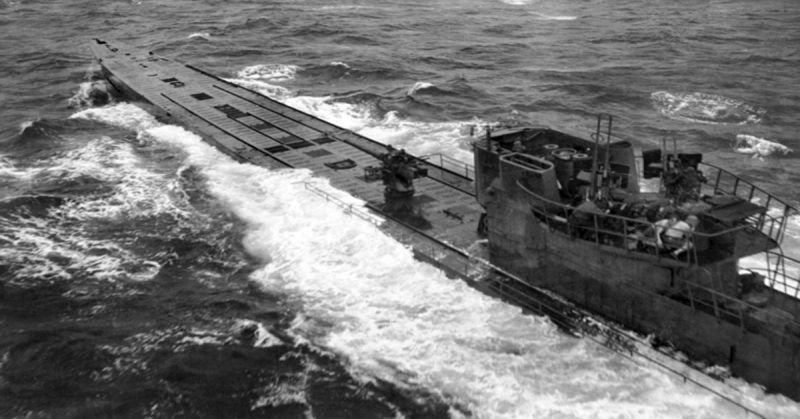A new book authored by Jack and Richard Colman provides details of the work of the Coastal Command as they hunted German U-boats during World War II.
Jack was just weeks away from his twenty-first birthday when he joined the Royal Air Force (RAF) in the October of 1940. He trained in Canada where he became enamored by the technical and practical facets of flight and was soon promoted to pilot/navigator. He was then assigned to Coastal Command, flying Liberators at their base in Iceland.
The idea had its genesis in Jack’s memoirs, which he wrote in the 1980s. His son Richard pulled together the stories of his experiences flying with Coastal Command and had them published in a new book, “Liberators over the Atlantic.”

The book details many of Jack’s close calls with death while in training and while serving in Iceland, like when he ended up crashing into the Ocean or being hit by enemy fire and running out of fuel. All in a region of the world known for its terrible weather, inhospitable environment, and notorious navigational challenges.
A shy man by nature, Jack’s story is not one of bragging about his piloting prowess or exceptional navigational skills. According to Richard, the story is about a young man growing into adulthood, falling in love and marrying, and realizing his lifelong dream of flying while learning all he could about the mechanical and technical aspects of flying. The whole time, Jack was aware that life could be short.
The Consolidated B-24 Liberator is one of the most well-known American bombers to serve in WWII. It was the most produced American aircraft of the war. At its peak, a new Liberator rolled off the line every 51 minutes. Liberators were often assigned the longest and most difficult missions because of their reputation for returning even after suffering extensive damage. The Liberator is the only aircraft to have served in every theater of the war.
The 59th Squadron began using Liberators in their U-boat hunting in August 1942. They continued with that plane for the rest of the war except for a few months when they used the B-17 Flying Fortress.

The decision to use Liberators in Coastal Command had nearly instantaneous results. They nearly doubled the range of previous U-boat searches and allowed the RAF to patrol the Mid-Atlantic gap where U-boats had roamed with complete freedom.
The introduction of the Liberators and the brave efforts of their crews decisively turned the Battle of the Atlantic in favor of the Allies.

Coastal Command worked closely with the Royal Navy to keep shipping lanes clear and safe during the war. Together, they were able to destroy 212 U-boats along with the sinking of a great number of warships and merchant vessels. They also worked on sea rescues and are credited with saving over 10,000 lives.
The Coastal Command operations in Iceland were responsible for protecting convoys and patrolling for U-boats in the North Atlantic where there had been no protection previously. They began in 1940, and by 1942 they had successfully reduced the effect of the German U-boats.
